Score: 9/10 (Fantastic)
Pros Nice design, expandable storage, bright and colorful display, snappy processor, surprisingly good cameras, strong battery, Windows 8.1 looks and feels great on a smaller screen, lots of value added applications. | Cons Lack of apps in the Windows Store, higher price when compared to other small tablets. |
Windows 8 tablets are an interesting breed of machines. They offer a full-fledged Windows experience on a portable tablet that usually costs a heck of a lot less than a normal desktop or laptop running the exact same OS. The Lenovo Miix 2 8 is an 8-inch tablet that runs a full version of Windows 8.1 for just $299. While this might seem a bit expensive for a small-sized tablet, you have to keep in mind that this is running a much more powerful operating system than most tablets are. Combine the full Windows experience with a quad-core processor, 2GB of RAM, an HD display, and a few more goodies, and the Miix 2 8 is actually a pretty good tablet for your money. To find our more about the Lenovo Miix 2 8, keep reading our full review!
Design/Build Quality
From a design standpoint, the Lenovo Miix 2 8 is one of Lenovo's better-designed tablets. When holding the tablet vertically, a small Lenovo logo rests at the top left-hand corner, and the device's 2MP front-facing camera is placed in the very middle on the same top bezel. Going to the bottom bezel, you will find a single Windows Home button placed directly in the middle as well. Moving away from the black bezels on the front, the side frames and back of the tablet have a gray/silver color scheme going on. The back of the Miix 2 8 is constructed entirely out of plastic, but has a faint texture to it which makes it quite comfortable to hold in the hand. At the very bottom of the backside, Lenovo placed a reflective bar of silver plastic, and although it doesn't feel the greatest, it gives the device a little bit of added flare. One design aspect I'm not so crazy about with the design of the Miix 2 8 is all of the sticker branding that is found on the back. With a Windows 8, Intel Inside, FCC, and Lenovo stickers all present in the same relative area, the back can look quite cluttered at times. With that said, the Miix 2 8's weight of 12.2 ounces and thinness of just 0.3 inches more than makes up for a few messy stickers. The Mixix 2 8 is lightweight, thin, comfortable in the hand, and a relatively good-looking piece of equipment. It might not have the revolutionary design of the Yoga Tablet, but it's design is far better than those of other Lenovo tablets we've reviewed in the past.
Another bonus when it comes to the Miix 2 8's design is that it offers expandable storage. The Miix 2 8 is available in both 32GB and 64GB storage variants, but Lenovo has also included the option to expand it even more with the inclusion of a microSD card slot. A definite win for any mobile computing device.
Another bonus when it comes to the Miix 2 8's design is that it offers expandable storage. The Miix 2 8 is available in both 32GB and 64GB storage variants, but Lenovo has also included the option to expand it even more with the inclusion of a microSD card slot. A definite win for any mobile computing device.
Hardware
As its name does suggest, the Lenovo Miix 2 8 features an 8-inch display. That display has a resolution of 1280 x 800 and is an IPS panel. Although the resolution may not be the best out there, I did not find any real issues with the Miix 2 8's display. The screen is bright, colorful, and text is easy to read. Video quality looked very good, and the colorful world of the Modern UI in Windows 8.1 really popped on the Miix 2 8's screen.
Along with the good display, the Miix 2 8 is actually a very fast performer when it comes to its processor. The Miix 2 8 is packing in a 1.33GHz quad-core Intel Atom Z3740 processor and 2GB of LPDDR3 RAM. While Intel's Atom chipset isn't the fastest processor out there, it performed surprisingly well in my time with the Miix 2 8. Browsing the web with Internet Explorer was fluid and smooth, streaming videos was a fast and painless process, and even graphically intense games like Asphalt 8: Airborne ran without a problem at all. Overall, I was quite impressed with the speed I got out of the Miix 2 8.
The Miix 2 8 also surprised me with how well its cameras performed. The 2MP front camera and 5MP rear camera both took pretty good looking photos, especially for a tablet. The front facing camera took pretty good selfies, and was fairly strong for video chatting. The rear camera, although not the best in quality, is one of the better cameras I've seen on a tablet. Take a look at the sample photos about for a better representation.
The Lenovo Miix 2 8 also shines when it comes to battery life. In my time with the tablet, I was always able to get a strong 8+ hours of use with moderate usage of Web browsing and application/game usage. I could always get through at least a couple of days without having to worry about where my charger was.
The Lenovo Miix 2 8 also shines when it comes to battery life. In my time with the tablet, I was always able to get a strong 8+ hours of use with moderate usage of Web browsing and application/game usage. I could always get through at least a couple of days without having to worry about where my charger was.
Software
As I mentioned in the intro to this review, the Lenovo Miix 2 8 is running a full version of Windows 8.1. This means that you have the ability to install full desktop apps, such as a Sony Vegas Movie Studio, Adobe After Effects, Apple iTunes, and more, right onto the Miix 2 8. The entirety of Windows 8.1 also runs quite well on the smaller screen of the Miix 2 8. Live Tiles are still bright and beautiful, the Modern UI looks slicker than ever since the update to Windows 8.1, and the return of the Start button in Desktop Mode is a joy to have when working in it. Windows 8.1 still has its limitations, but it has improved a lot since October 2012 when Windows 8 first launched.
Unfortunately, one area where the platform still needs improving, is with its app store. The Lenovo Miix 2 8 has access to Microsoft's Windows Store for all of your content wants and needs, but good luck trying to completely satisfy them with it. The Windows Store has gained some traction since its initial launch, but there are still many key apps that are just not present in it. Want an official Pandora app? Too bad. Want an official Instagram client? Tough noogies. Wanna play Temple Run 2? No dice. If you're a heavy user of multiple apps and games, make sure you take a browse though Microsoft's content offerings before you make the plunge.
Final Verdict
The Lenovo Miix 2 8 is easily Lenovo's best table PC they've kicked out to date. It has a solid design, great screen, fast processing speeds, good cameras, strong battery, and pretty good software. If you can get over the lack of apps and the higher price, then the Miix 2 8 is a great 8-inch tablet. On Lenovo's website, they are currently selling the Miix 2 8 for the price of $299. This isn't a horrible price, but it certainly is outshined in terms of overall bang for your buck when you compare it to tablets like Google's Nexus 7 and Amazon's Kindle Fire HDX. If you're looking for a small tablet to help you stay productive and consume media at the same time, the Lenovo Miix 2 8 is a great way to go.
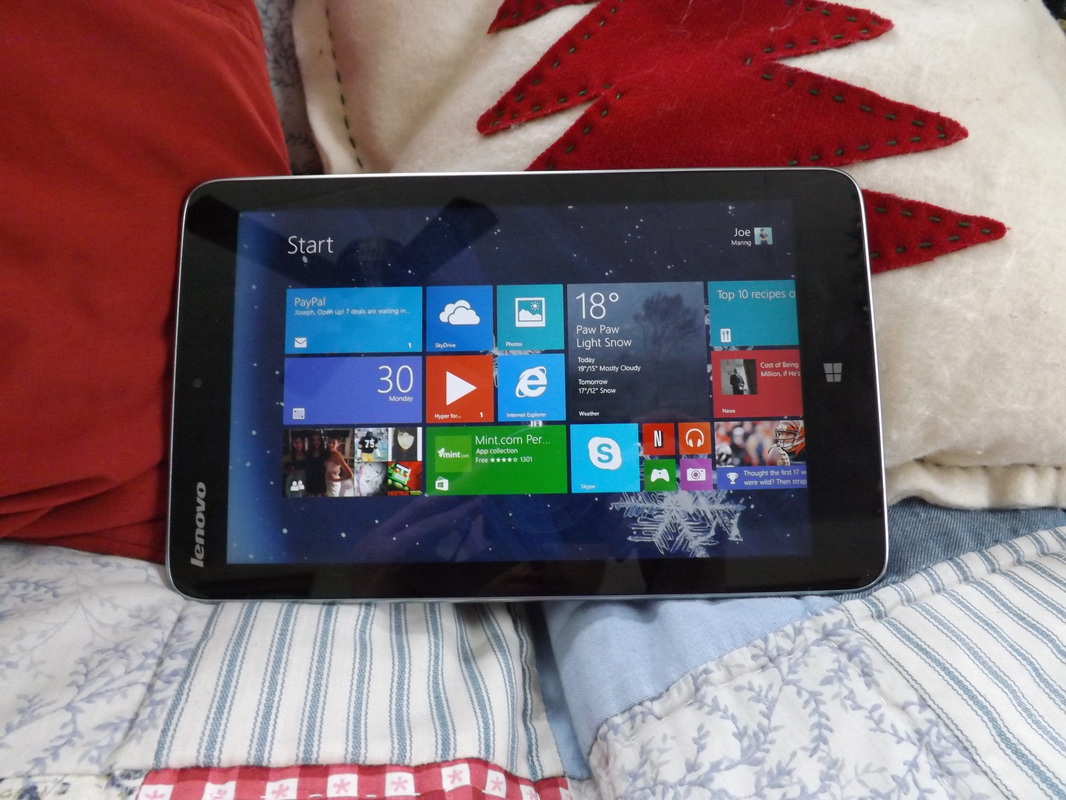
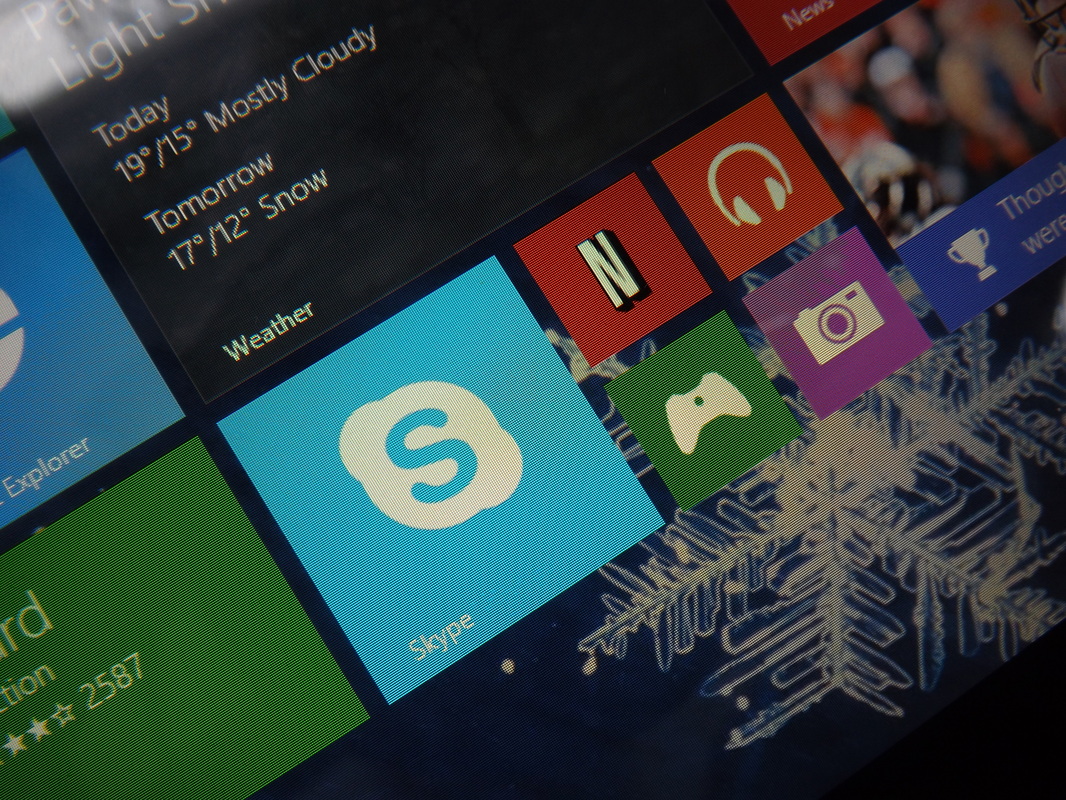
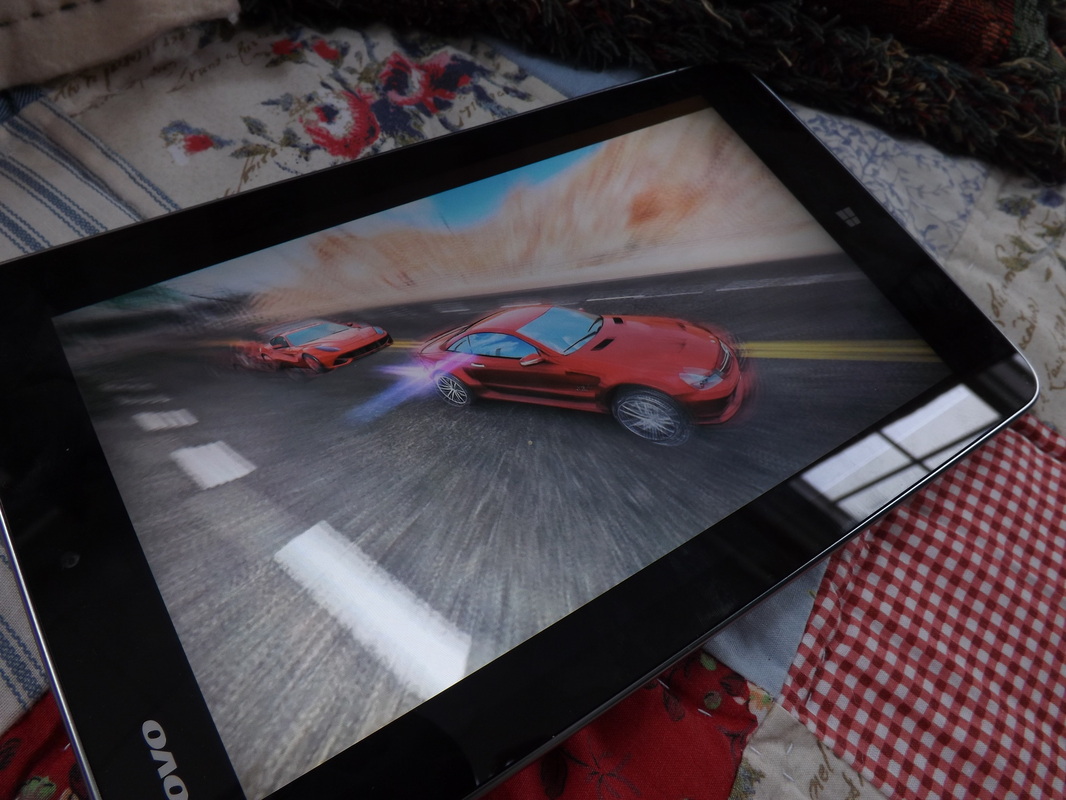
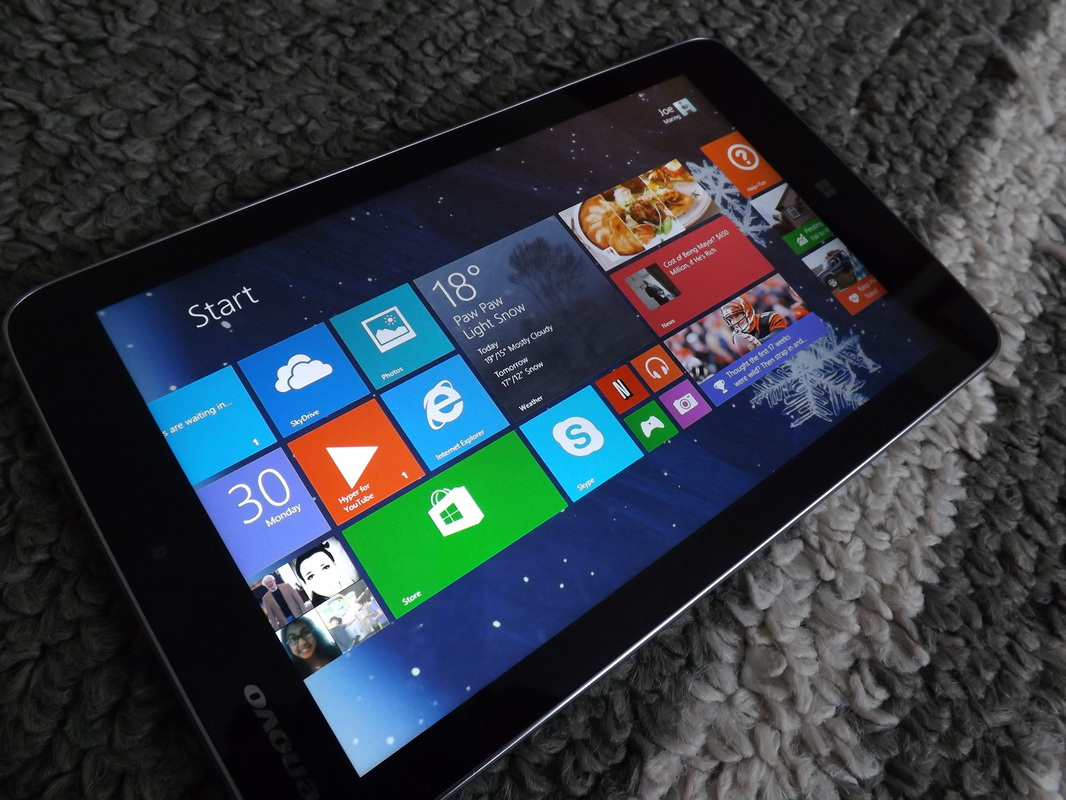

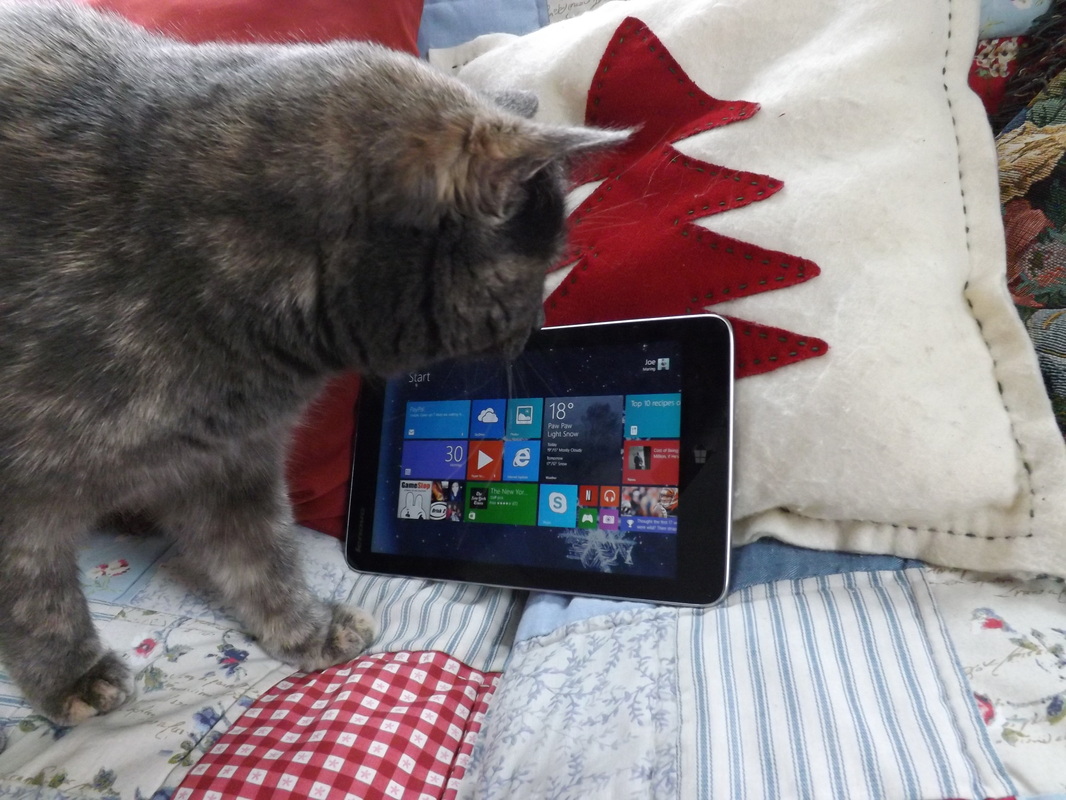
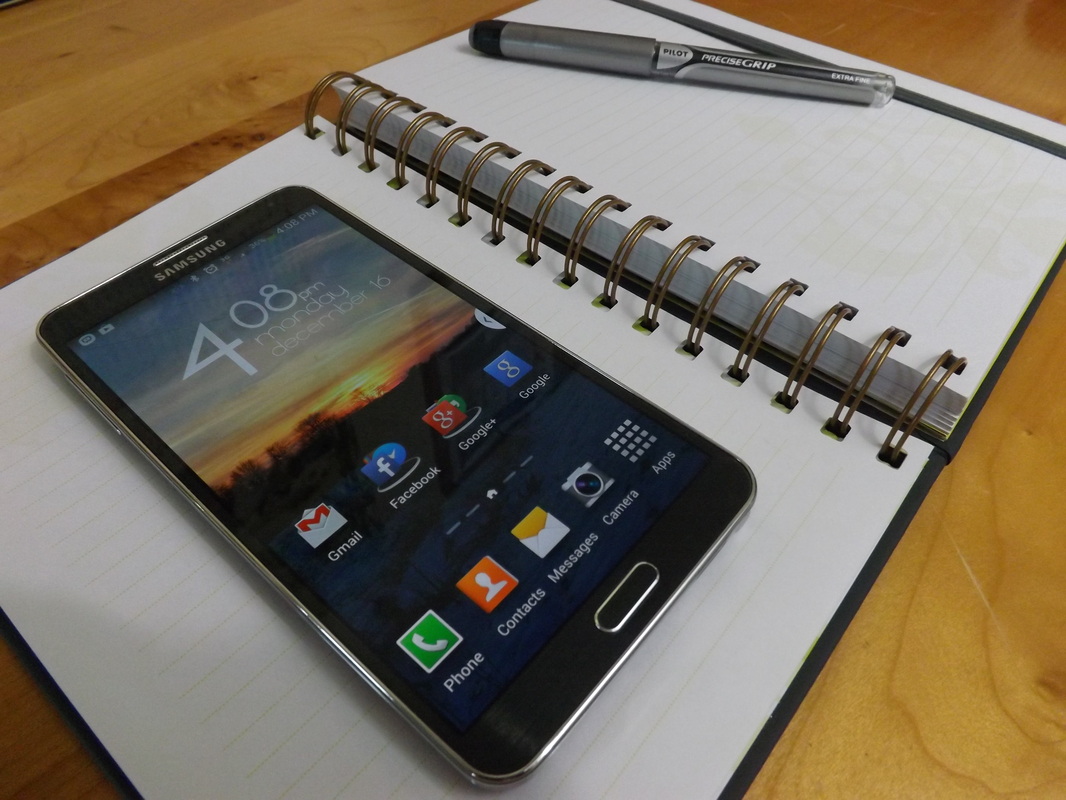
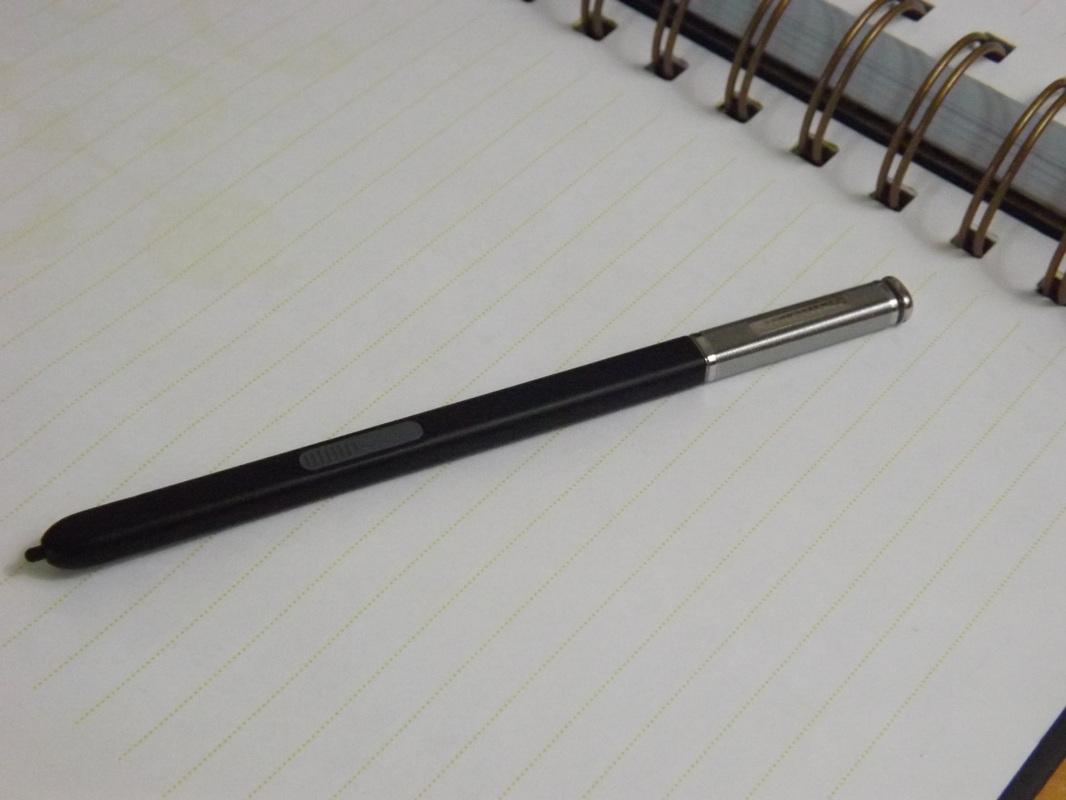
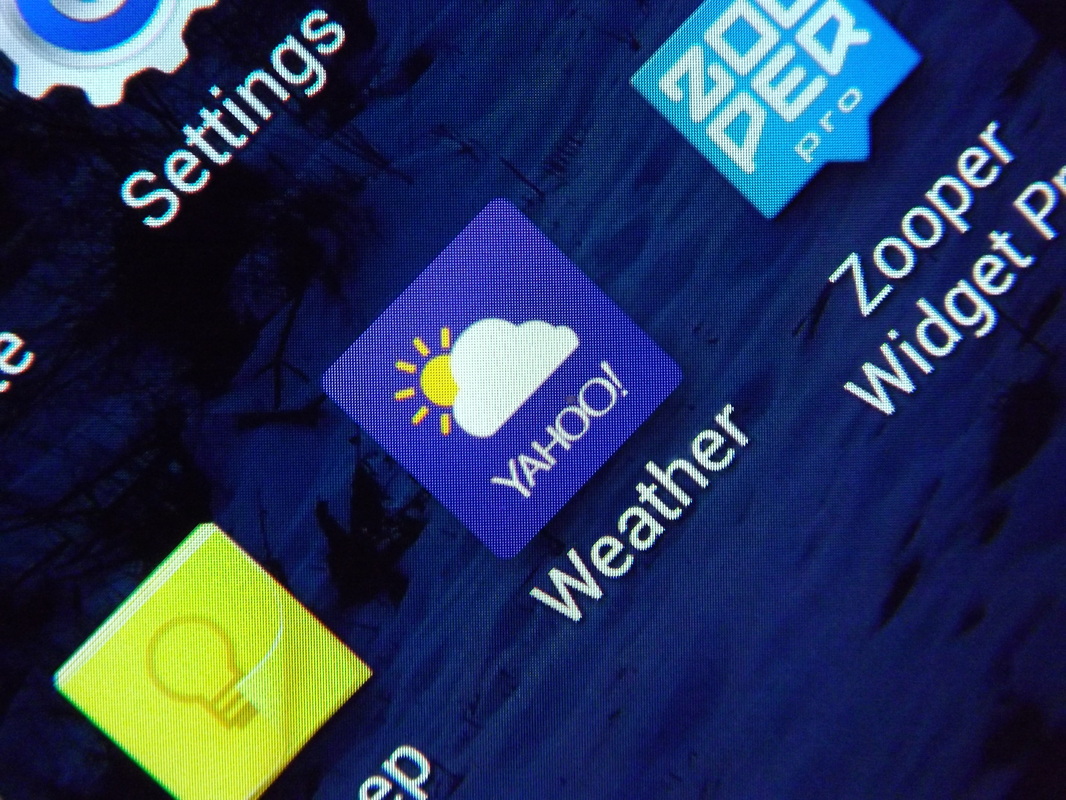
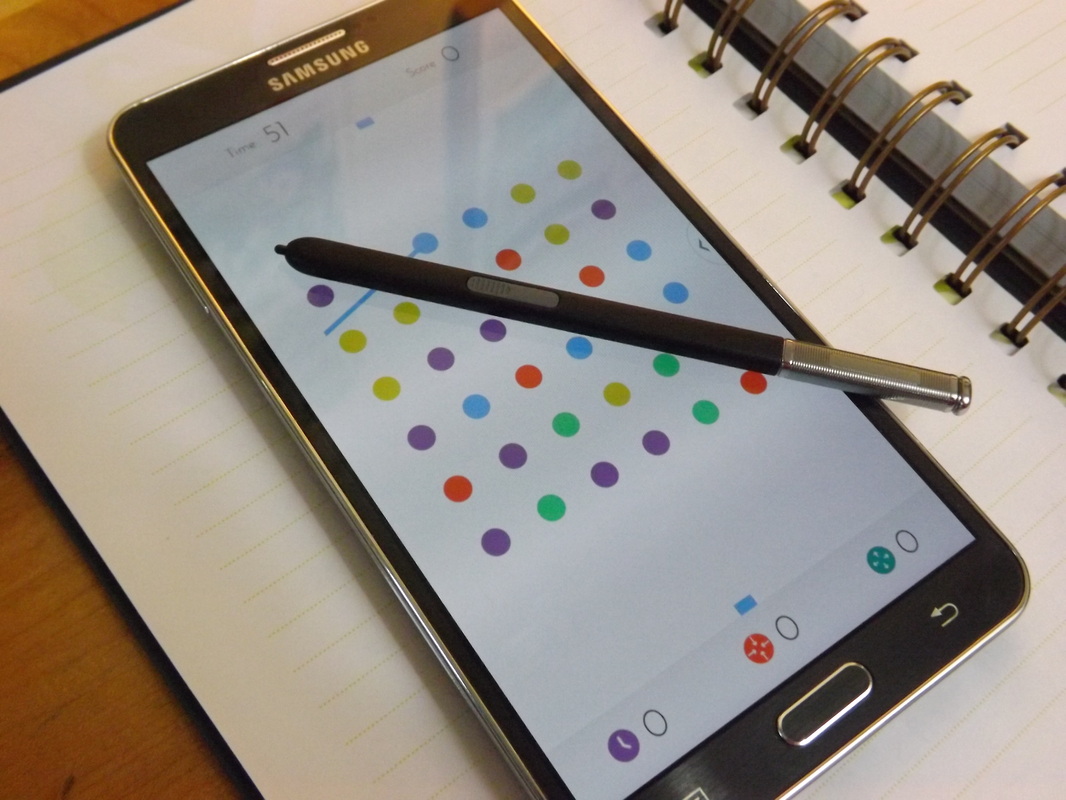
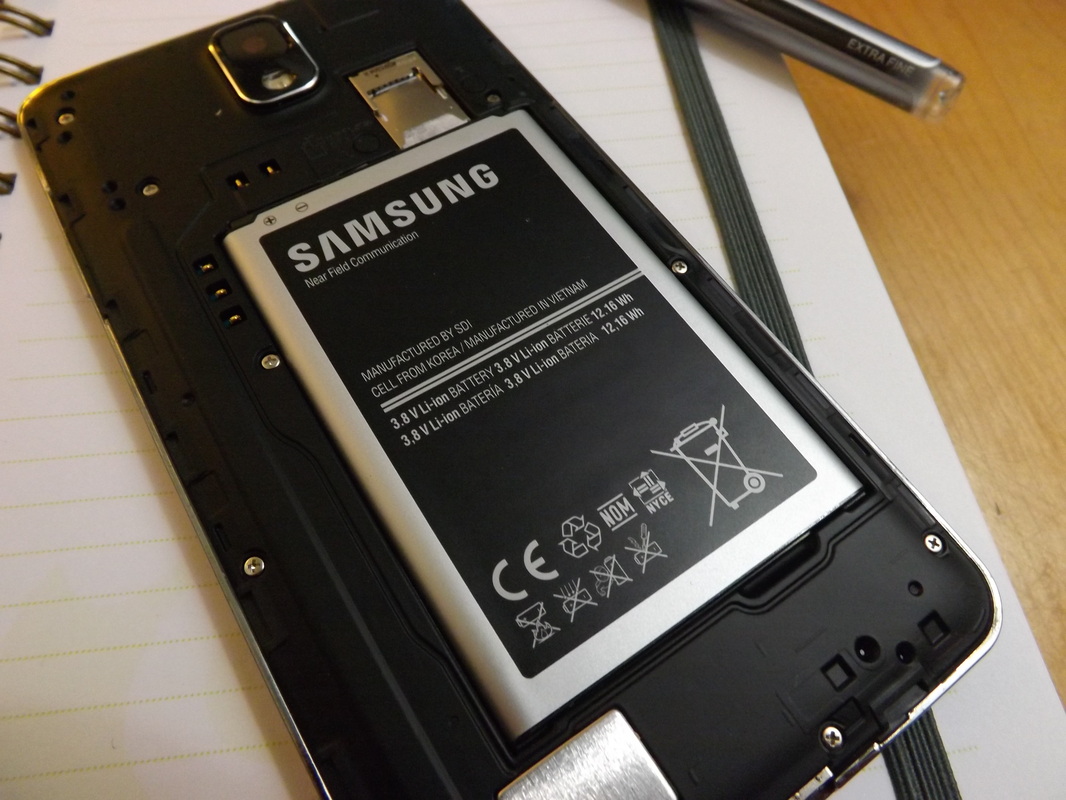

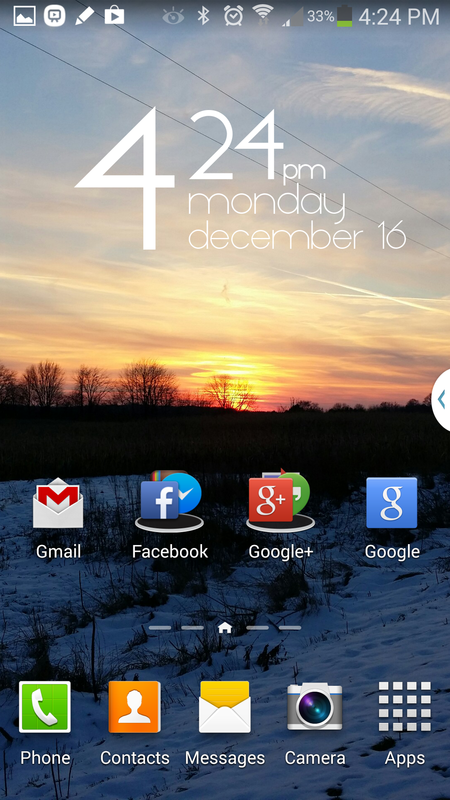
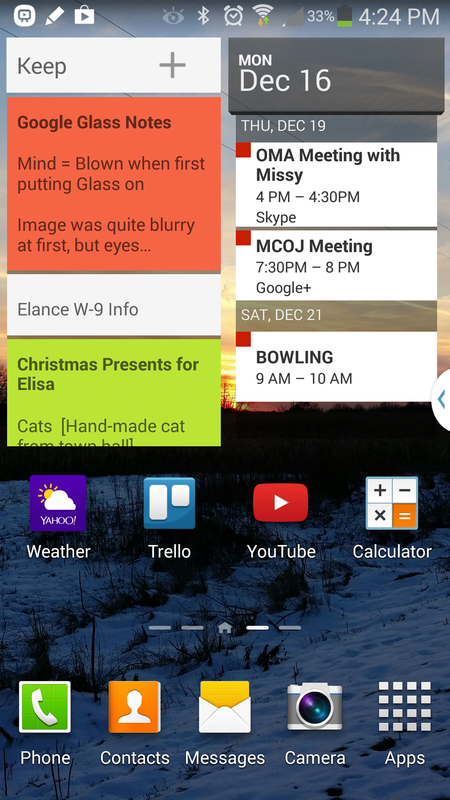
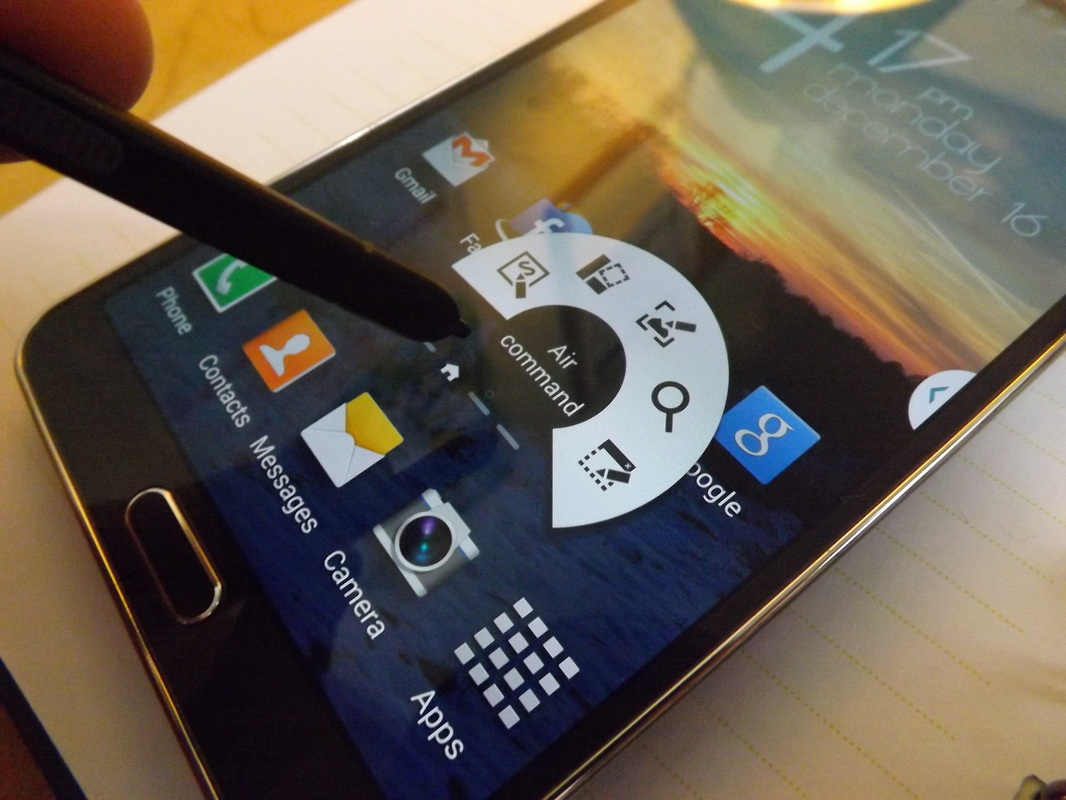
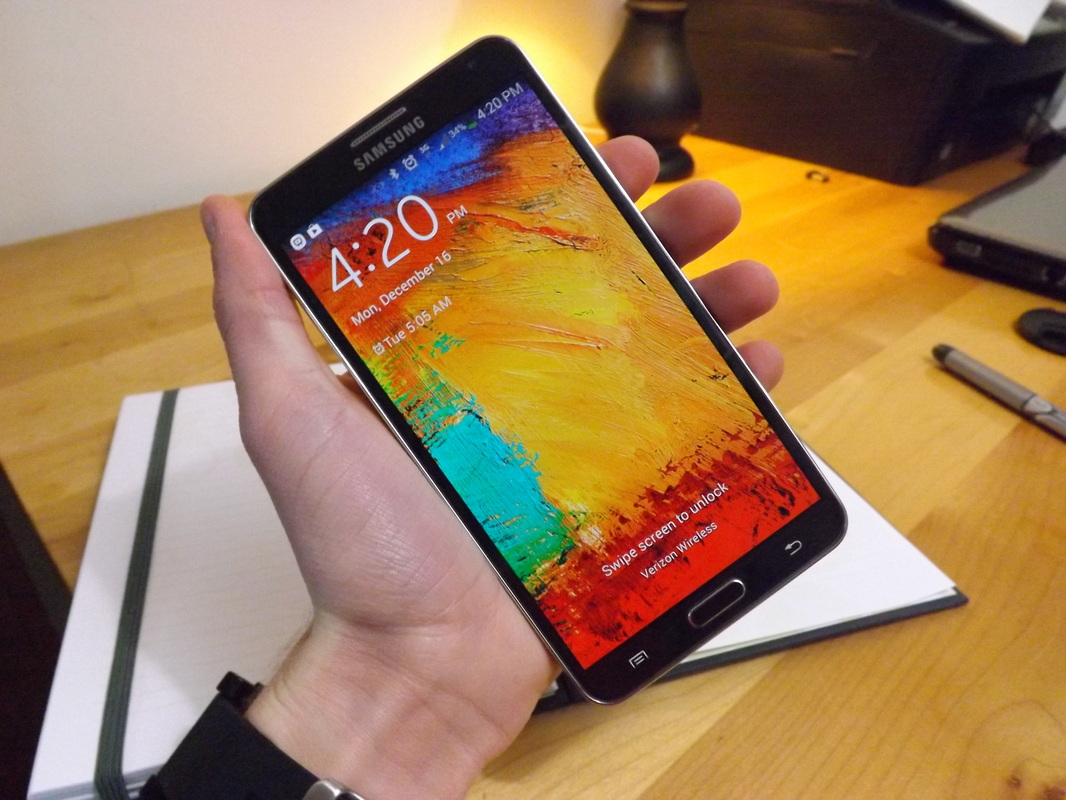
 RSS Feed
RSS Feed